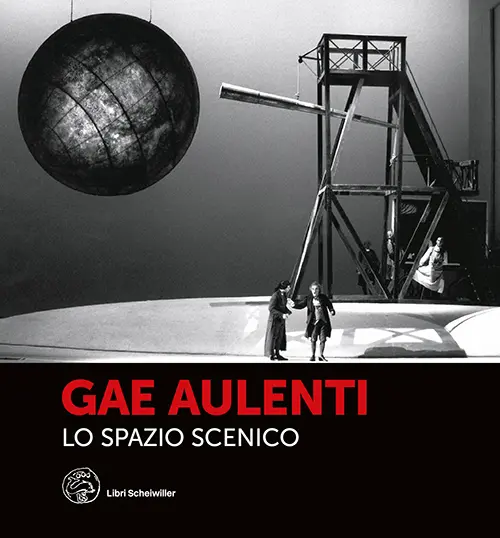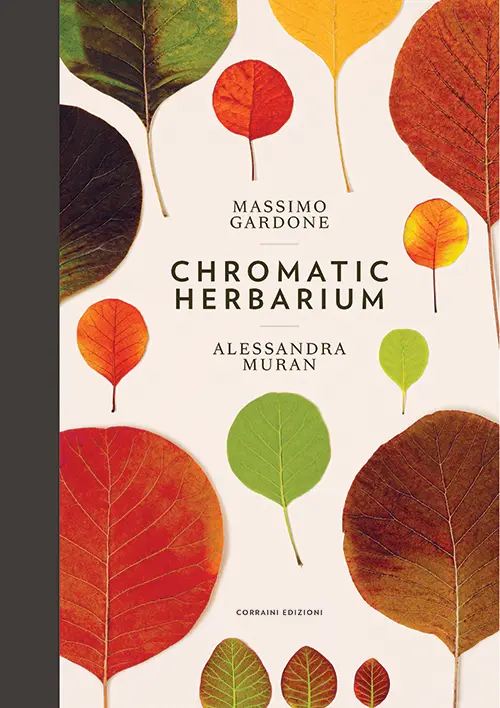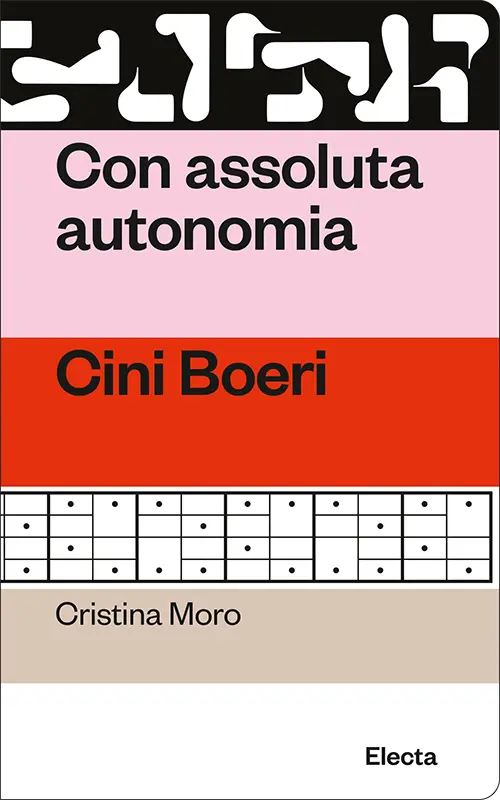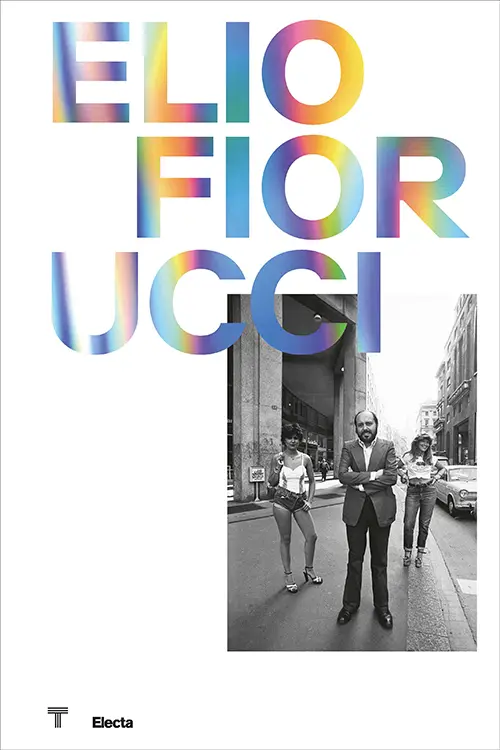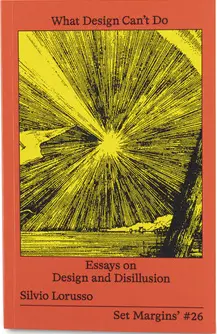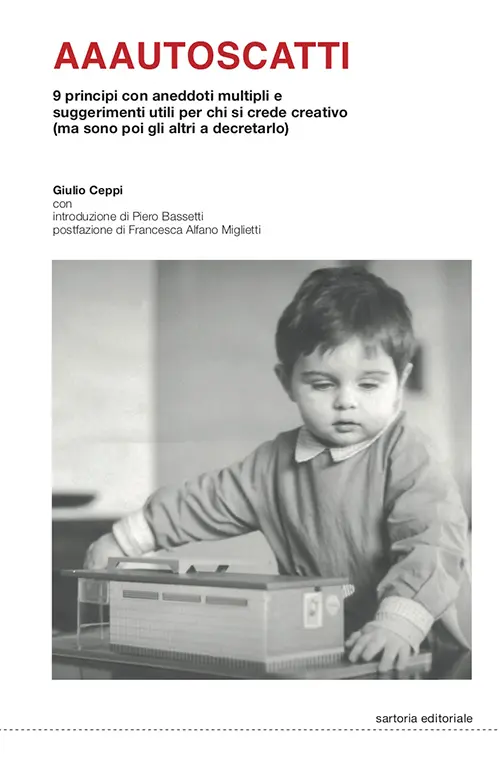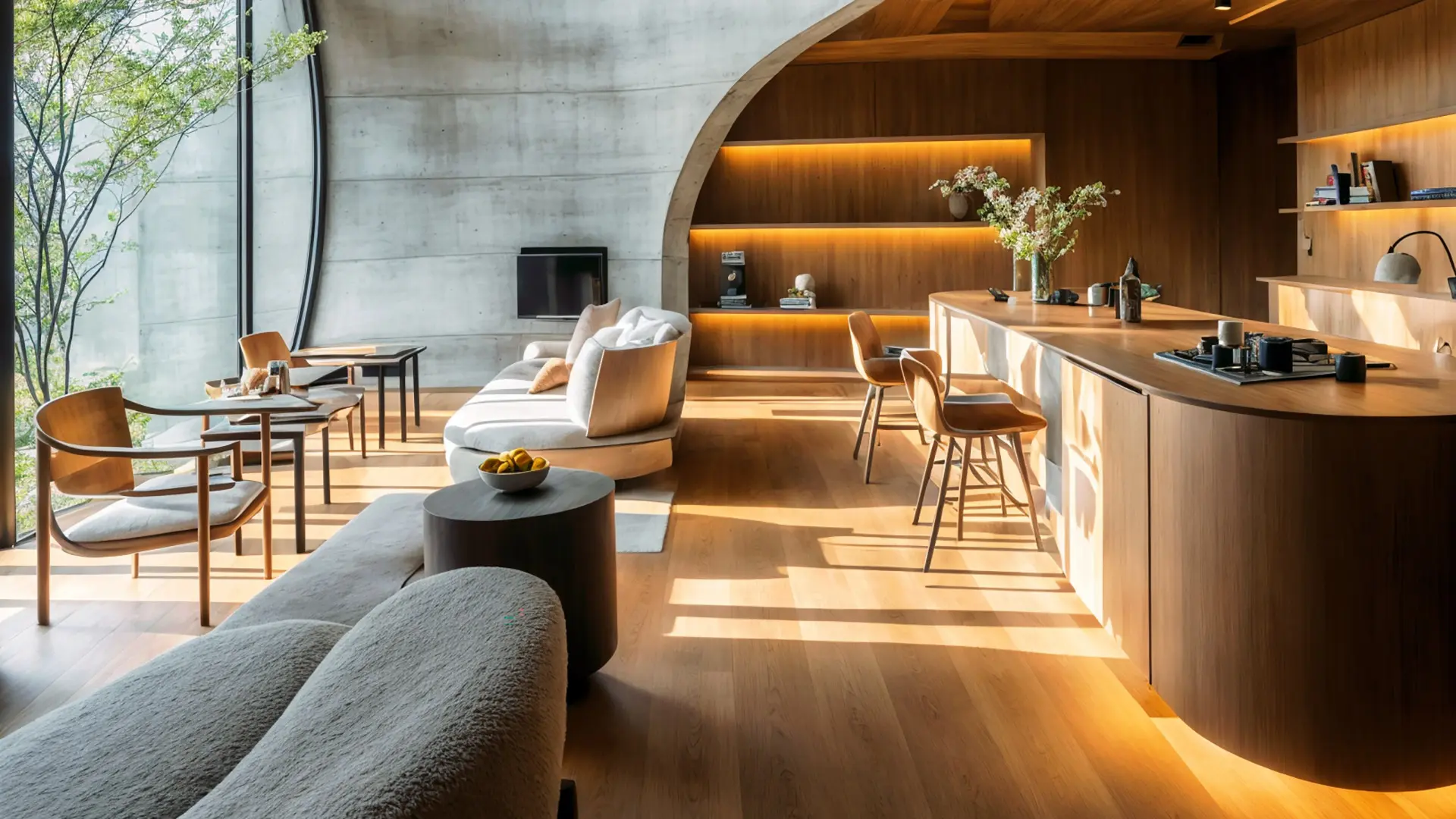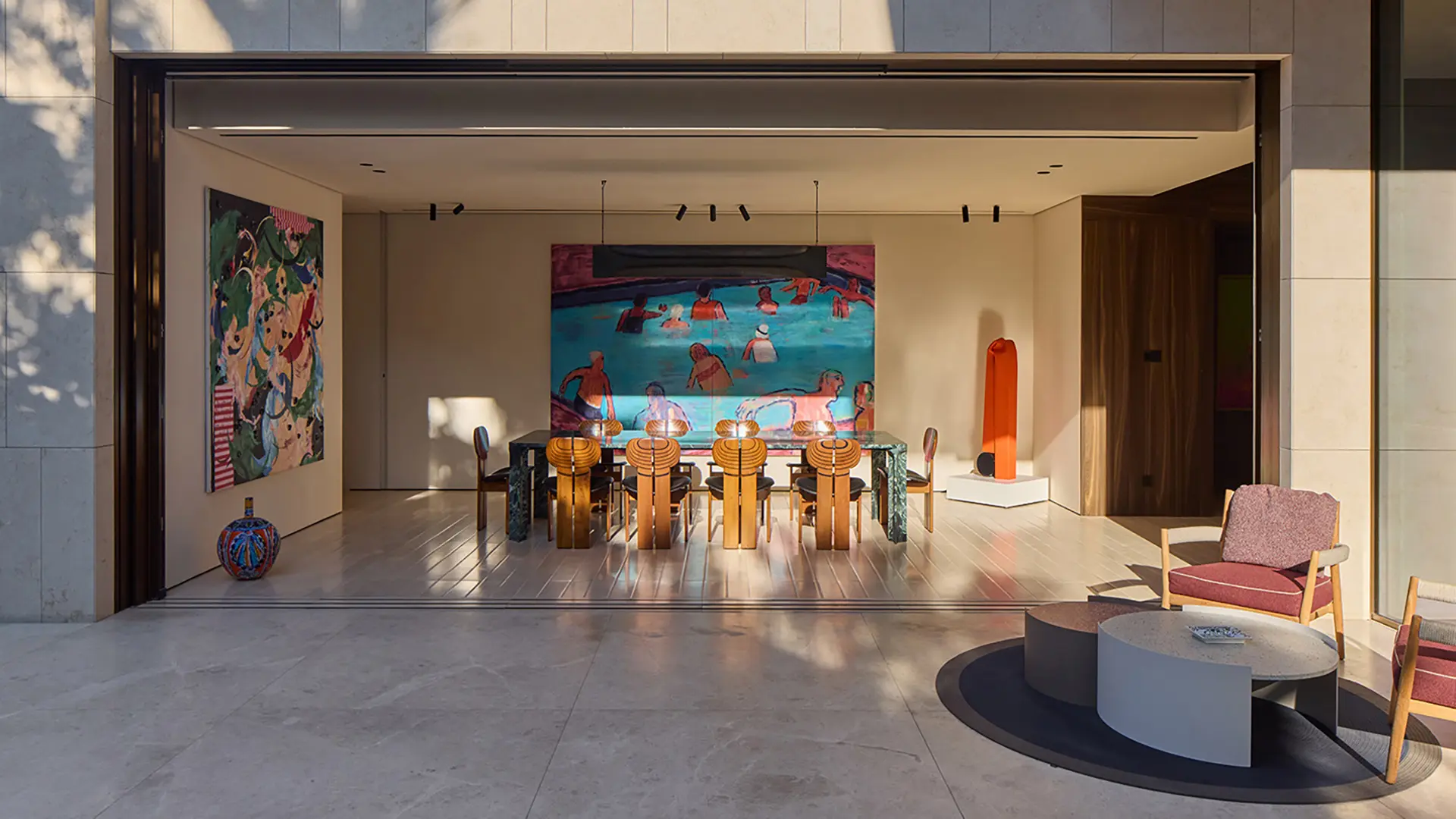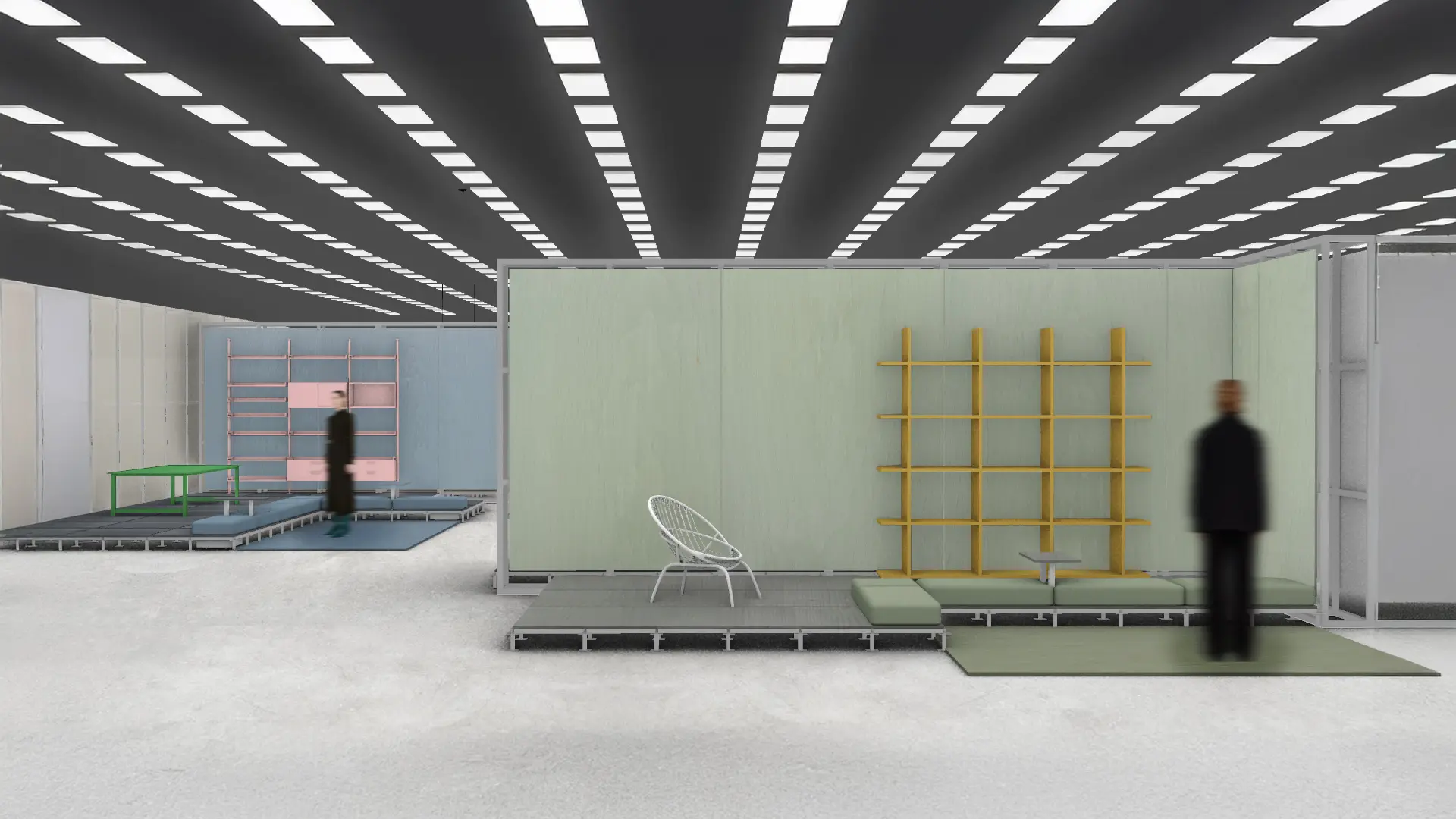Smart and sustainable purchases: how to make the most of the appliance bonus and how to apply. Requirements, amounts and limits to be aware of
Christmas 2024: ten architecture and design books that would make great gifts

Kenzo Tange, Group Headquarter Fujisankei Communication, Tokyo - Ph. Shutterstock
Biographies of great architects and designers, impactful photographic coffee-table books, exhibition catalogues, essays that reflect on the role of designers in society: here are our tips for the upcoming holidays
Not yet completely dematerialized or supplanted by technological gadgets, the book is still one of the most popular gifts for the Christmas festivities. And, compared to other types of gifts, it has the merit of saying a lot not only about the recipient but also about the personality of the person who chose it. We have selected a dozen recent releases (or at least from the last year or year and a half) that will appeal to architecture and design buffs and all who take an interest in design in various ways. A handy complete guide to choosing gifts for Christmas 2024.
“Il design analogico” (original title “Analogue: A Field Guide”) by Deyan Sudjic, Edizioni Atlante: for nostalgics
Radios, record players, portable and non-portable recorders, cameras, video cameras, TV sets, telephones, typewriters, thermometers, watches... So many analogue objects once in common, and even very common, use have left our homes, to be replaced by their digital counterparts or turned into streaming services. Nostalgia and a taste for well-made objects are the moving spirit of this illustrated book edited by the former director of the London Design Museum, which lists 250 of them, all extinct or endangered. Inside we find some milestones in the history of design, from Franco Albini’s Radio in cristallo (1938), whose mechanical parts were enclosed between two sheets of tempered glass, to the Grillo telephone designed by Marco Zanuso and Richard Sapper for SIT-Siemens (1965).
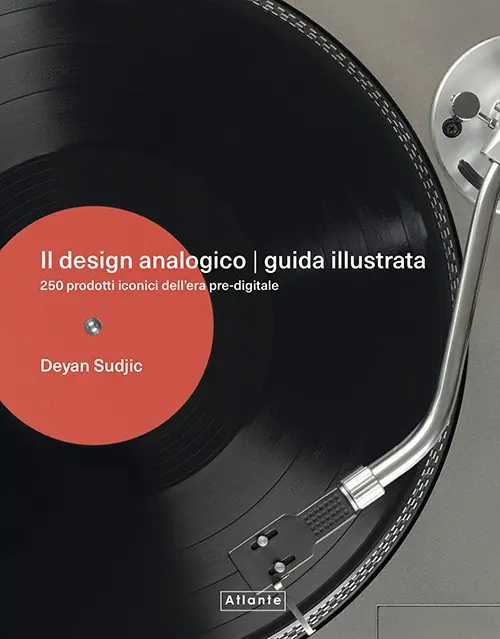
Il design analogico, Deyan Sudjic Ed. Atlante
“Olivetti. Storie da una collezione” by Alessandro Santero and Sergio Polano, Ronzani Editore: for Olivettians and lovers of graphic design
In its ninety years of history, Olivetti stands out not only by its products but also by its original and very distinctive advertising. Its posters and other graphic materials (brochures, user manuals, headed notepaper, circulars...) were designed by renowned creatives such as Bruno Munari, Albe Steiner, Max Huber, Costantino Nivola and many others. This volume, selected in the ADI Design Index 2024 and therefore a candidate for the next edition of the Compasso d’Oro, brings the most significant examples together for the first time, with over 500 images and a “bonus track”: two essays by the architectural historian Sergio Polano, who died in 2022. A plunge into the aesthetics and philosophy (they often go together) of the celebrated company based in Ivrea, it will delight insiders and graphic design enthusiasts.
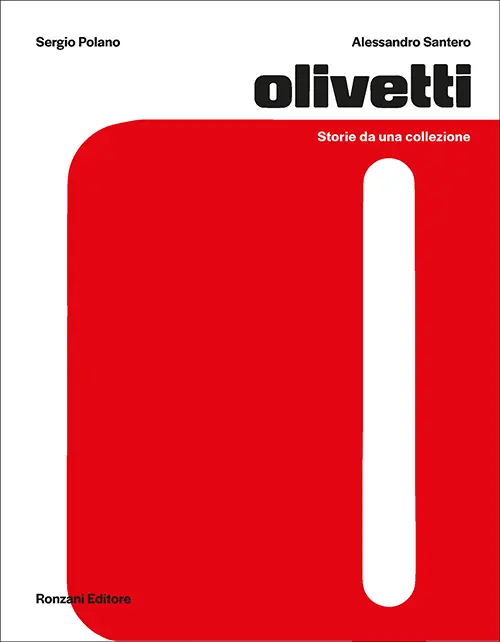
Olivetti Storie da una collezione, Allessandro Santero, Ed.Ronzani Editore
“Big book of architecture” by Giovanni Leoni, 24 ORE Culture: for architects and architecture students
The big book of architecture by the historian Giovanni Leoni starts from an ambition: to condense a century of history of the discipline into just under 400 pages, in the manner of an illustrated encyclopedia. To do this, he chooses to focus on 20 world-famous figures and divides them into four groups: the “Masters” (Frank Lloyd Wright, Mies van der Rohe, Le Corbusier, Alvar Aalto), all born in the nineteenth century and now widely historicized, with their powerful individuality and faith in the transformative power of the architectural gesture; those born in the first thirty years of the twentieth century (from Louis Kahn to Kenzō Tange and Aldo Rossi), who were plunged when young, in some cases very young, into an event that shattered certainties, World War II, and reacted to it in their personal ways; cultured professionals such as Norman Foster, Renzo Piano and Tadao Ando, poised between practice and theory; and, finally, the postwar generation (Rem Koolhaas, Zaha Hadid, Eduardo Soto de Moura, David Chipperfield and Kengo Kuma) with a gift for playing the part of the starchitect and at the same time developing a critical discourse on the significance
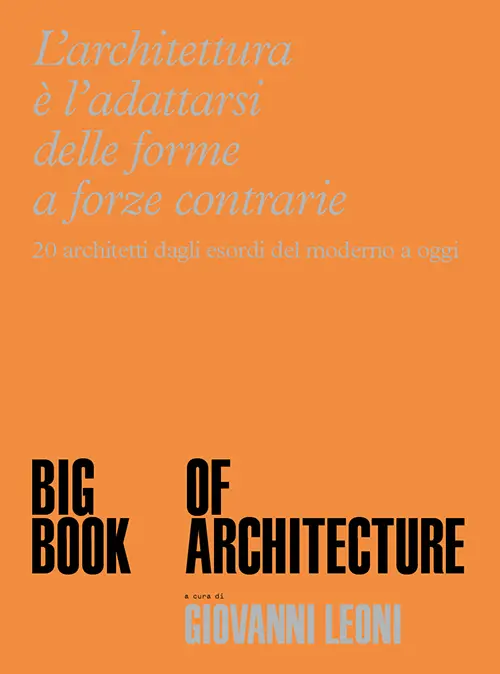
Big book of architecture, Giovanni Leoni Ed. 24 ORE Cultura
“Milano: proiezioni astratte” by Paolo Ventura, Corraini: for dreamers - and for those who love strolling about Milan in mid-August
Milan as photographed by Paolo Ventura is “abstract”, because it has been rebuilt in wood and cardboard, with the windows designed as a theatrical set or a children’s game. But it is faithful to reality in the positions of the buildings and their forms. This procedure enables the artist to eliminate the superfluous, so what we see on the page is an essential, rarefied urban setting, where the buildings emerge overwhelmingly with their volumes and the hundreds of electric cables of trams and trolleybuses that “cross, run parallel, chase after each other, circle”, and seem to hold them together as if they were stage sets. The final effect is of metaphysical estrangement in the spirit of De Chirico and utterly fascinating.
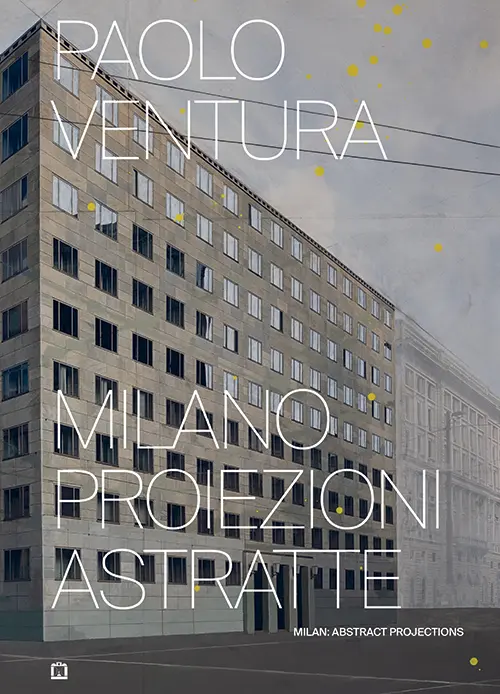
Milano proiezioni astratte, Paolo Ventura, Ed.Corraini
‘Gae Aulenti. Lo spazio scenico’ edited by Nina Artioli, Alessandra Coppa and Davide Pedullà: for set designers and those sensitive to the magic of theatre
Gae Aulenti always repeated that architecture is not set design and design is not decoration, claiming the autonomy of each discipline with respect to the others and the impossibility of applying the same set of pre-established rules to all of them. This does not detract from the fact that in her long career she has designed a series of memorable theatre productions, in particular for plays directed by Luca Ronconi to whom she was linked by a long artistic association that began in 1974 with a chance meeting in the dressing rooms of the Teatro della Scala. Among the most interesting scenic devices realised over a twenty-year period are Il barbiere di Siviglia in 1975, with its self-propelled furniture on wheels or suspended in mid-air, and Strauss's Elektra in 1994, where the palace of Mycenae is transformed into a bloody slaughterhouse. ‘Gae Aulenti. Lo spazio scenico’ offers an overview of this work starting with research involving students from the Brera Academy and the archives of the designer and La Scala.


 Salone Selection
Salone Selection
